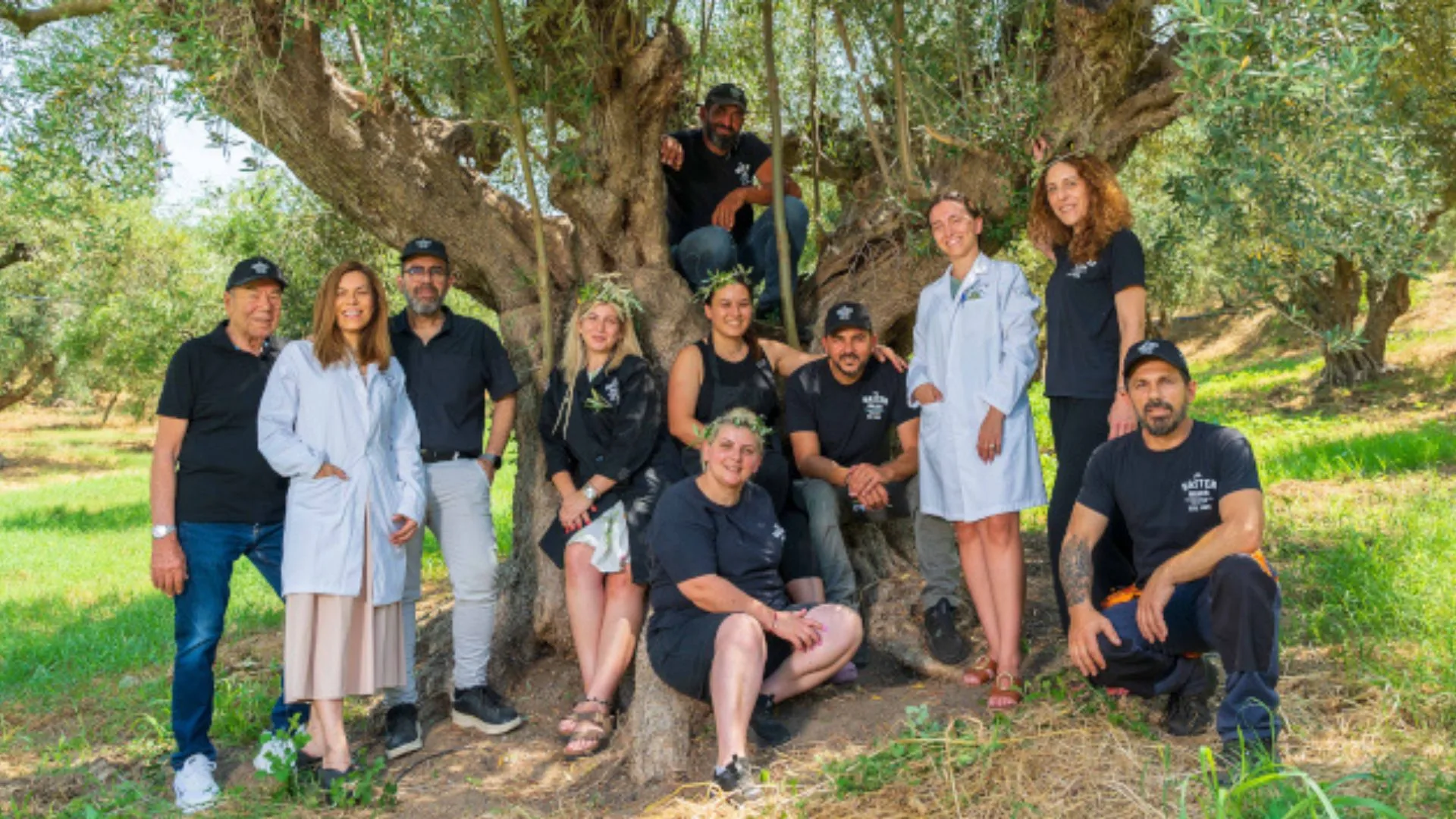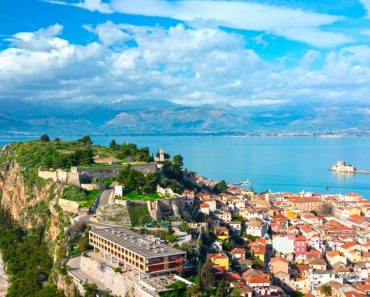On October 28, 1940, Greece’s refusal – ‘OXI’ – to the Italian ultimatum sparked not only the triumphant Albanian campaign followed by years of brutal occupation, but also an artistic wave that carried defiance, grief, and hope.
Painters, poets, photographers, composers, and filmmakers translated that moment into works that still shape how we remember the war and the Resistance.
Poetry That Marched to the Front
Odysseas Elytis, who served as a second lieutenant on the Albanian front, transformed battlefield experience into the long poem ‘Heroic and Elegiac Song for the Lost Second Lieutenant of the Albanian Campaign’ – a watershed in his career, as the Nobel committee later noted. First published mid-1940s (with early English publication in 1954), it frames sacrifice with luminous, hard-won hope.
Nikos Gatsos wrote the modernist landmark ‘Amorgos’ in 1943, during the occupation. Surreal and incantatory, it became an emblem of wartime Greek letters – proof that even under censorship and hunger, language could resist.
Nikos Engonopoulos’ long poem ‘Bolívar: A Greek Poem’ (written winter 1942-43; first published September 1944) circulated by hand and was read aloud at Resistance gatherings – its Latin American liberator recast as a universal emblem of freedom, twinned in the poem to Greek heroes.
Songs That Rallied a Nation
No voice is more entwined with the ‘OXI’ spirit than Sofia Vembo’s. Dubbed the ‘Songstress of Victory’, she popularized Mimis Traiforos’ lyrics ‘Paidiá tis Elládos, paidiá’ (‘Children of Greece, Children’), which became an anthem of morale in 1940-41; she went on performing for Greek troops in exile after the occupation began.
Photography That Wouldn’t Look Away
Athens’ famine and daily hardships were searingly documented by Voula Papaioannou. Her archive (held at the Benaki Museum) covers the Albanian front, the Occupation, and the war’s aftermath – the humanist yet unsparing images remain among the most important visual records of the period.
Posters, print, and public memory.
From wartime posters to immediate post-liberation publications, Greek graphic arts firms like Aspioti-ELKA helped broadcast both endurance and loss. Their 1946 volume ‘The Sacrifices of Greece in the Second World War’ and related wartime material mapped devastation while honoring resistance.
Greek History on International Screens
Hollywood’s ‘The Guns of Navarone’ (1961) made the Aegean a global canvas for WWII heroics (filmed in Greece, set on a fictional island under Axis control), while Powell & Pressburger’s ‘Ill Met by Moonlight’ (1957) – scored by a young Mikis Theodorakis – re-creates the audacious SOE abduction of the German general Kreipe in occupied Crete. Both popularized images of Greek resistance for audiences far beyond Greece.
A modern Greek epic about the era.
Theodoros Angelopoulos reframed the Metaxas years, ‘OXI’, occupation, and civil war through his ‘history trilogy’. ‘Days of ’36’ (1972) meditates on the political climate on the eve of dictatorship, while ‘The Travelling Players’ (1975) follows a troupe across 1939-52, interweaving the war against Italy, Nazi occupation, and its aftermath – now widely hailed as a masterpiece of modern cinema.
Newer Films, Older Wounds
Pantelis Voulgaris’ ‘The Last Note’ (‘To Teleftaío Simeíoma’, 2017) revisits May 1, 1944: the Nazi execution of 200 Greek political prisoners at Kaisariani in reprisal for a partisan killing – a trauma long embedded in communal memory and now rendered with spare, devastating clarity.
Why It Lasts
From Elytis’ transfiguration of mud and snow into light, to Vembo’s voice cutting through blackout nights; from Papaioannou’s children standing in ration lines to Angelopoulos’ long takes of a country learning how to remember – Greek artists didn’t just record ‘OXI’. They made it legible as a moral stance: the right to say no to humiliation and yes to dignity. That is why these works continue to anchor every ‘OXI’ Day: they are arguments in art that freedom is not merely fought for – it is sung, filmed, carved, and carried.







